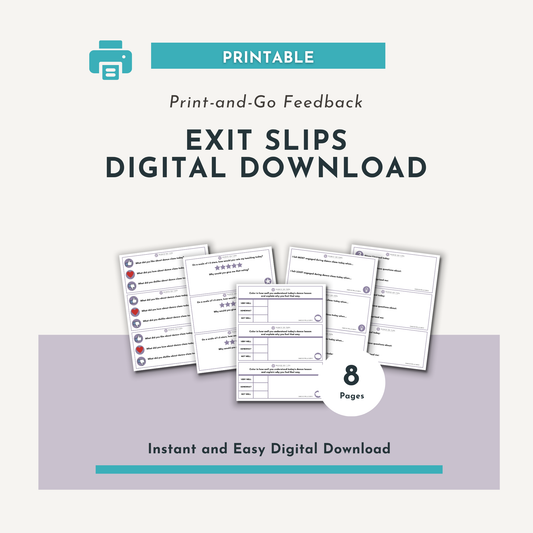By: Olivia Mode-Cater
Yesterday I got the incredible news that all 7 of my masters in dance education students passed the edTPA (Educative Teacher Performance Assessment) and more than half passed with mastery scores!
What is the edTPA you may ask? The edTPA is a performance-based assessment that is used to measure readiness of candidates in teacher preparation programs. (http://edtpa.aacte.org/). This test was developed at the Stanford Center for Assessment, Learning and Equity (SCALE) with leadership by the American Association of Colleges for Teacher Education (AACTE) and is being administered by Pearson. edTPA is being used in over 40 states. “18 states have statewide policies in place requiring a state-approved performance assessment as part of program completion or for state licensure and/or state program accreditation/review” (http://edtpa.aacte.org/). 2 more states are currently implementing these teacher policies and 20 other states are beginning to participate in the edTPA.
What does this mean for future dance educators? It means that if you are looking to teach dance in public schools in the future, there is a large chance you are going to have to pass this test. The Performing Arts edTPA has several steps you must complete:
- Create a mini-unit of 3-5 consecutive lessons focusing on content, context, and artistic expression.
- Fill out a 4-page context for learning describing your teaching situation and diagnostic assessments you’ve used to design an appropriate unit.
- Write detailed lesson plans and create assessments for all 3-5 lessons.
- Write a planning commentary no more than 9 single-spaced pages justifying the decisions you made in your lesson plan using research and citations.
- Video yourself teaching all of the lessons.
- Write an instruction commentary no more than 6 single-spaced pages reflecting on how the lessons went and what changes/adaptations you made in the moment, using research and citations to support your decisions.
- Write an assessment commentary no more than 10 single-spaced pages on the data you collected through your assessments and justify what next steps you should take using research and citations.
All these items, including selected videos, need to be uploaded to Pearson and they will assign a trained adjudicator in the Arts field to review your exam.
In summation, this is a hefty assessment. The edTPA does provides handbooks, however, they are long and confusing and there are multiple, so the information is scattered and it is hard to decipher what you need to do. The worst part is that teachers in preparation programs are not allowed to provide direct feedback on students’ work. Peer reviewing, however, is allowed.
This is why I put my students through my Dance edTPA Bootcamp, a system that I created to guide dance teachers through the chaotic process of passing the Performing Arts edTPA. The 8-week system helps you understand what a successful submission looks like, teaches you what to look out for, and enables you to lead yourself to a successful dance teacher certification.
In the Dance edTPA bootcamp, you are given clear information on the parameters of each section, recommended reading lists to review in order to support your commentaries, and carefully curated checklists, that can be used to peer review or self-assess your work.
If you’d like more information on the Dance edTPA Bootcamp and how to get access to resources visit: https://www.danceedtips.com/services
Again, congratulations to all my students from last semester! I am so proud of your hard work and perseverance through this challenging assessment! I look forward to seeing all your future successes!
Happy Teaching!
Olivia





